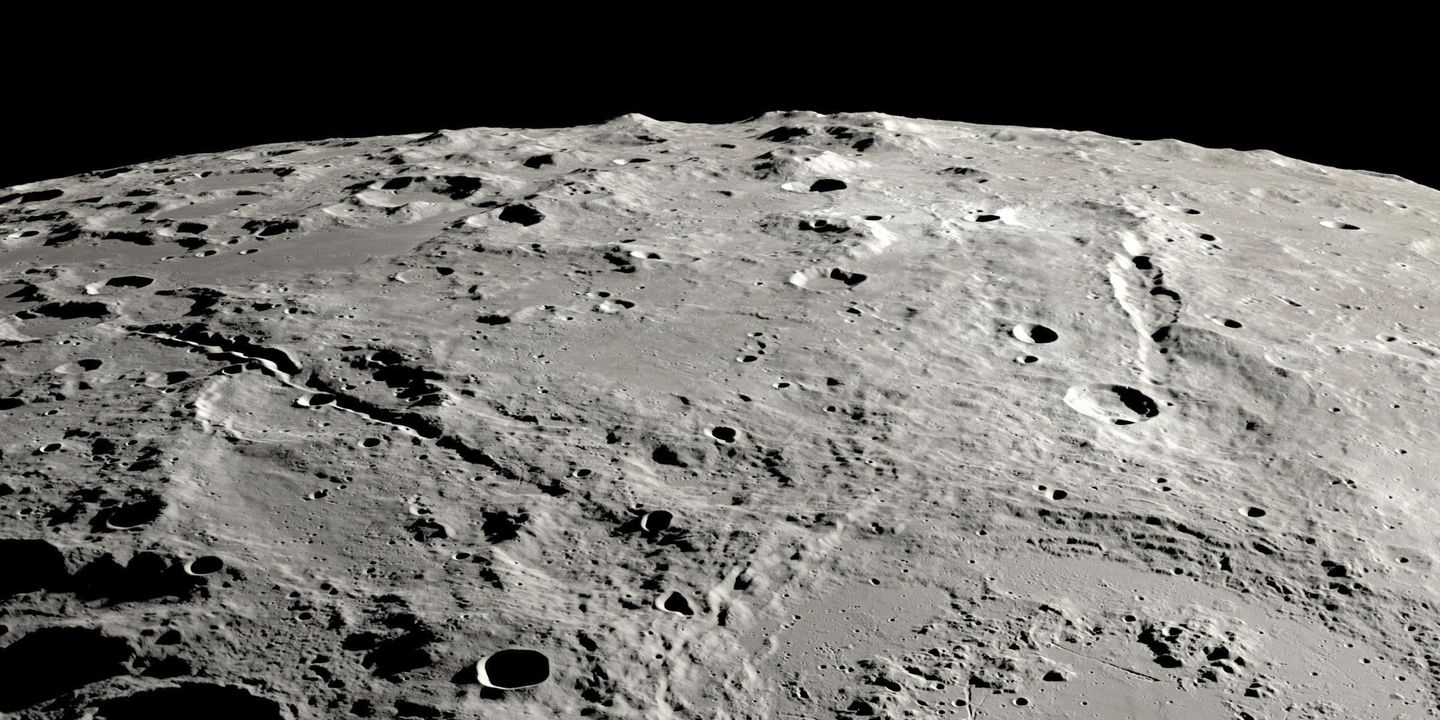
NASA wants to put a nuclear reactor on the moon for use by future U.S. spacefaring expeditions before the Chinese and the Russians build one of their own.
Acting NASA Administrator Sean Duffy, also the Secretary of Transportation, ordered the space agency to put out a request to the space industry to build a fission reactor that can produce at least 100 kilowatts of energy on the moon, with a planned reactor launch date of fiscal year 2030, in a memo shared online by the NASA Watch blog.
“To properly advance this critical technology to be able to support a future lunar economy, high power energy generation on Mars, and to strengthen our national security in space, it is imperative the agency move quickly,” Mr. Duffy said.
The memo, sent Thursday, mandated that NASA seek private industry proposals on a lunar nuclear reactor within 60 days. China and Russia, Mr. Duffy said, have their own plans to jointly build a reactor on the moon by 2030 and have announced it at least three times since March 2024.
If they build a reactor first, China and Russia “could potentially declare a keep-out zone which would significantly inhibit the United States from establishing a planned” presence of its own on the moon, Mr. Duffy said. There is also a particular part of the moon he wants the U.S. to target.
“There’s a certain part of the moon that everyone knows is the best. We have ice there, we have sunlight there. We want to get there first and claim that for America,” Mr. Duffy said Tuesday, according to ABC News.
NASA previously disclosed plans on its website to build a fission power system to put on the moon, though the agency instead aimed for 40 kilowatts, enough to power 30 U.S. homes. Mr. Duffy’s stated goal of 100 kilowatts is enough for 100 homes, according to The New York Times.
Nuclear power is needed to power future U.S. endeavors on the moon and Mars because of the lack of sunlight. A lunar day is equal to four weeks on Earth, meaning that a solar power system would get two straight weeks of sunshine but would then contend with two straight weeks of darkness, according to The New York Times.











